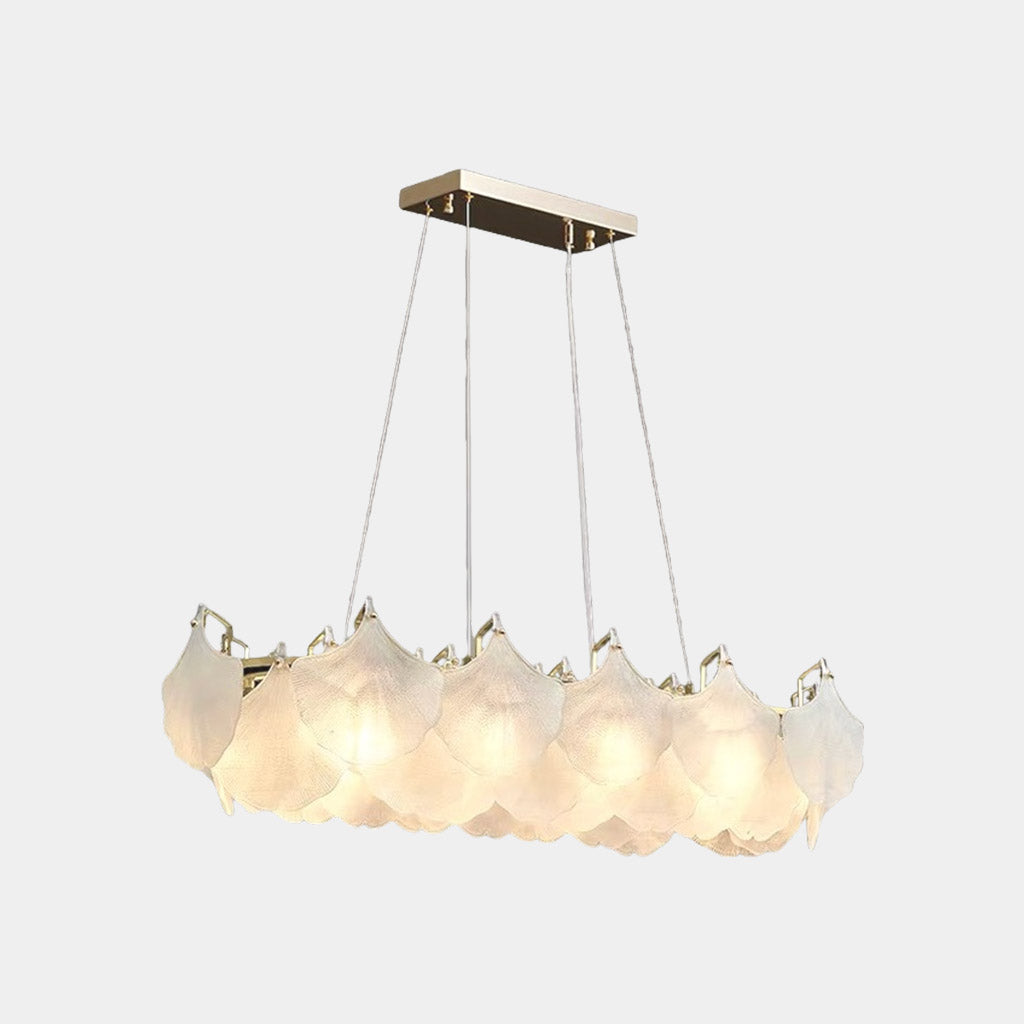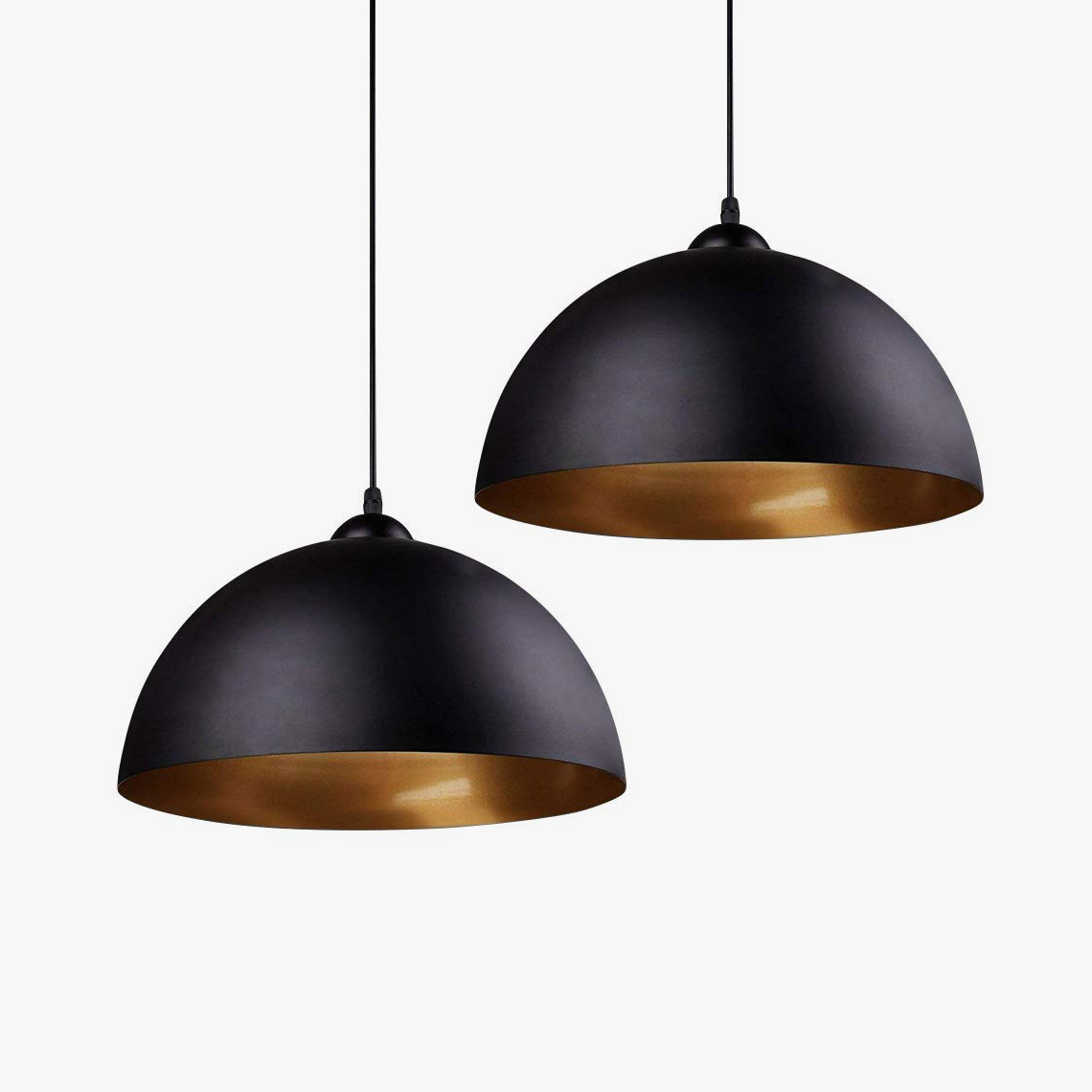How to Pick the Perfect Pendant Light to Enhance Your Interior Decoration
Selecting the ideal necklace light calls for cautious consideration of various aspects. The style needs to align with the total decoration, while size plays an important duty in making sure proper percentage. Shade and surface alternatives can enhance aesthetic allure. Additionally, reviewing light outcome is very important for performance - Pendant Light. Understanding these facets can transform a room, creating a welcoming atmosphere. The procedure includes even more than just visual appeal; there are practicalities that must also be addressed.
Recognizing Various Necklace Light Styles
Pendant lights can be found in a selection of styles, each offering distinct visual and practical advantages. From industrial styles that include subjected light bulbs and metal coatings to stylish glass components that evoke a feeling of sophistication, the alternatives are large. Contemporary necklace lights commonly emphasize minimal shapes and clean lines, while vintage-inspired designs might incorporate complex detailing and cozy tones.
For those seeking a rustic appeal, components made from natural products like timber or rattan offer a comfy feel. In addition, multi-light necklaces can work as statement pieces, incorporating several bulbs in a solitary layout for dramatic result.
Each design adds in different ways to an area, affecting the total ambiance and character. Comprehending these varied pendant light styles allows house owners and developers to make enlightened selections that line up with their interior decoration vision, boosting both performance and aesthetic allure in their atmospheres.
Figuring Out the Right Dimension for Your Space
When selecting a necklace light, precisely measuring the ceiling elevation is essential for accomplishing the best equilibrium in a space. Additionally, computing the range of the component in connection with the surrounding area guarantees that the light enhances rather than bewilders the design. These factors play a crucial role in developing a harmonious indoor atmosphere.
Procedure Ceiling Height
To accomplish an aesthetically pleasing style, gauging ceiling height is essential for choosing the ideal size of pendant light. The elevation of the ceiling straight influences the scale and percentage of the lighting fixture. Precede with basic eight-foot ceilings, necklace lights need to generally spend time 30 to 36 inches over the surface below, such as an eating table or cooking area island. For higher ceilings, adjustments have to be made appropriately, as a higher installment can develop a much more significant effect. It is necessary to assess the total room dimensions and design when establishing the perfect height. Accurate dimensions help guarantee that the pendant light not only matches the space's design however likewise provides ample lighting without frustrating the room.
Determine Component Scale
Choosing the right size for a lights component is crucial for creating consistency in an area's layout. To compute component scale, one should consider the dimensions of the room. A typical guideline involves adding the space's length and width in feet, which offers an optimal diameter in inches for a pendant light. An area determining 10 feet by 12 feet suggests a component size of around 22 inches. Furthermore, the height of the ceiling plays a vital role; taller ceilings might fit larger components. Making sure the pendant hangs at an appropriate elevation-- normally 30 to 36 inches above surface areas-- additional enhances capability and visual appeal. Effectively scaled components can transform a room, making it feel inviting and well-coordinated.
Taking Into Consideration Color and Finish Alternatives
When choosing a pendant light, the interaction of color and coating can significantly impact the total aesthetic of a space. Collaborating the light's shade combination with existing decor assures a harmonious layout, while the choice of coating material can improve texture and style. Thoughtful factor to consider of these aspects is essential for attaining a cohesive search in interior decoration.
Shade Scheme Sychronisation
Color combination control plays a vital duty in accomplishing an unified indoor design, especially when picking pendant lights. Selecting a necklace light that enhances the existing color design improves the total aesthetic. As an example, a light with cozy tones can develop a cozy environment in an area loaded with earthy shades, while cooler tones might harmonize successfully with a modern-day, minimalist palette. It is essential to think about the dominant colors in the area, making certain that the necklace light either mixes flawlessly or provides a striking contrast. Additionally, incorporating accent colors from the palette can tie the style together, producing a cohesive look. Eventually, thoughtful color sychronisation raises the visual effect of the pendant light within the indoor layout system.
End Up Product Considerations

The option of finish materials for pendant lights considerably affects the general design visual of a room. Different coatings, such as matte, shiny, or distinctive, can produce differing aesthetic impacts. A refined steel surface might stimulate a modern, commercial atmosphere, while a matte or combed finish can offer a softer, more natural feel. Shade options, varying from classic blacks and whites to vivid shades, additionally play a crucial function in integrating with existing decoration. Additionally, products such as glass, wood, or ceramic can improve the pendant's character and enhance surrounding elements. Inevitably, selecting the ideal finish material ensures the necklace light not only brightens however additionally boosts the room's style narrative.
Analyzing Light Output and Capability
Light output and performance are basic consider picking the suitable necklace light for any area. Reviewing the brightness of a pendant light includes recognizing lumens, which measure the overall light produced. A higher lumen count normally shows a brighter light, important my site for tasks such as analysis or cooking. In addition, the shade temperature, measured in Kelvin, affects the atmosphere; warmer tones blog here produce a relaxing ambience, while cooler tones advertise performance.
Capability expands past illumination to consist of the component's layout and positioning. Flexible necklaces can supply functional lights for various tasks, while taken care of alternatives add a declaration to the style. Thinking about the height at which the pendant will certainly hang is critical, as it affects both light circulation and security. Eventually, a well-assessed light output and functionality will certainly assure that the selected pendant light fulfills both useful and aesthetic demands in the designated space.
Matching Pendant Lighting With Your Interior Decoration Motif
Exactly how can one guarantee that necklace lights improve the overall interior decoration theme of a room? The crucial lies in picking fixtures that reverberate with the well-known visual. As an example, in a minimal setting, straightforward and smooth styles in neutral shades can develop a cohesive appearance. On the other hand, a vintage-themed space might gain from luxuriant necklace lights, featuring complex designs or cozy tones that evoke fond memories.
Additionally, taking into consideration the material and coating of the pendant light is necessary. Metals like brass or copper can add a touch of style to a contemporary room, while wood aspects might match rustic insides.
Color harmony additionally plays a considerable duty; choosing shades that straighten with the space's scheme assurances that the lights feels incorporated as opposed to misplaced. Inevitably, the right necklace lights should not only light up yet also act as a stylistic expansion of the total design, improving the setting and personality of the room.
Setup and Placement Tips for Optimum Influence

In larger areas, take into consideration making use of bigger clusters or necklaces to go now avoid them from really feeling lost in the area. For an open-concept format, aligning the pendants with other layout components, like kitchen counters or furniture lines, fosters communication. In addition, dimmer switches can enhance versatility, enabling flexible ambiance. Eventually, thoughtful installation and positioning of pendant lights can transform the aesthetics and capability of any type of interior layout.
Often Asked Inquiries
What Are the most effective Materials for Necklace Lights?
The most effective materials for necklace lights include glass for sophistication, steel for toughness, and fabric for heat. Each product provides special visual appeals, permitting designers to produce functional illumination services that boost various indoor designs and environments.
Just how Do I Keep and Tidy Pendant Lights?
Keeping and cleansing pendant lights includes normal dusting, utilizing a wet cloth for surface areas, and employing mild cleaners for glass parts. Routine checks for loosened installations guarantee safety and security and lengthen the life expectancy of the components.

Can Pendant Lighting Be Dimmable?
The inquiry of whether pendant lights can be dimmable matters for lots of. Various models provide dimmable functions, enabling customers to adjust brightness, improving atmosphere and capability. Compatibility with dimmer buttons is necessary for peak performance.
What Is the Life Expectancy of Normal Pendant Light Bulbs?
The life expectancy of regular pendant light bulbs varies considerably. Incandescent light bulbs last concerning 1,000 hours, while portable fluorescent lights (CFLs) can last 7,000 to 15,000 hours. LED light bulbs supply the lengthiest lifespan, reaching up to 25,000 hours or more.
Are Pendant Lighting Suitable for Outdoor Usage?
Pendant lights can be appropriate for exterior use, but they must be specifically designed for such atmospheres. Weather-resistant materials and appropriate installation are essential to guarantee resilience and safety and security against components like wetness and wind.
Shade combination sychronisation plays an essential role in attaining a harmonious indoor design, specifically when choosing pendant lights. The selection of finish materials for necklace lights significantly affects the overall style aesthetic of a room. Light output and capability are fundamental factors in selecting the optimal necklace light for any area. Evaluating the brightness of a pendant light entails comprehending lumens, which measure the overall light produced (Pendant Light). Just how can one guarantee that pendant lights improve the overall indoor style motif of a room?